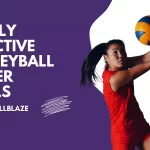The sport of volleyball is dynamic and exciting, requiring coordination, skill, and teamwork. Setters are one of the key positions on the team, and they play a specific role in the team. The purpose of this article is to explore what is a setter in volleyball, the responsibilities, techniques, and impact of a volleyball setter.
What Is a Setter in Volleyball?
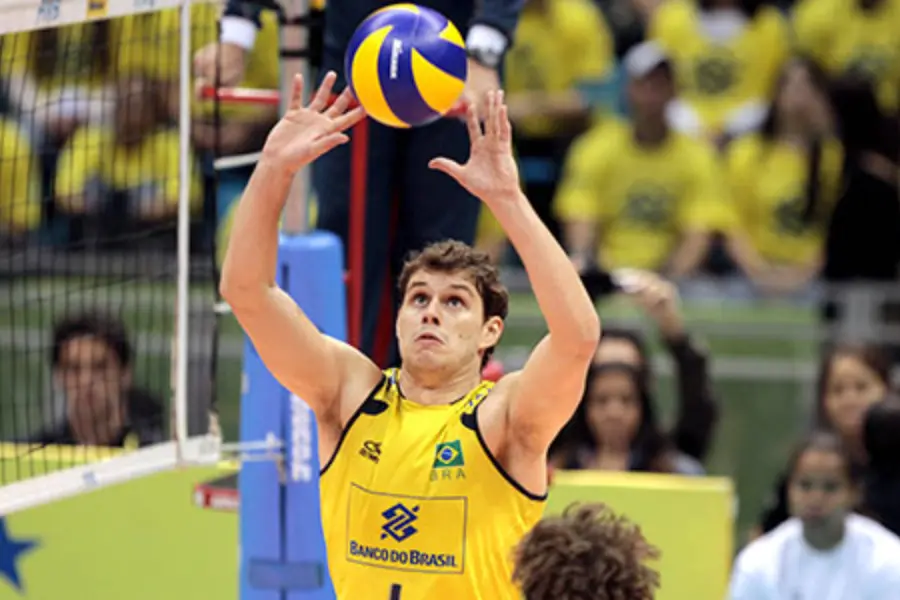
In volleyball, a setter is a player who sets up the ball so that their teammates can attack it. In volleyball, the setter is the main contributor to the offense. Among the requirements for a setter is that he or she has a delicate touch in order to set the ball exactly where it needs to go for an attacking player. The setter must communicate well with the rest of the team in order to get everyone on the same page.
You may enjoy reading Volleyball Setter Workouts
The Importance of a Setter
Setters play an important role in volleyball by orchestrating the team’s offense. To execute a successful attack, they must receive the first ball and set it up for their teammates. An important component of any volleyball match is the setter’s skill and decision-making ability.
Setter’s Role and Responsibilities
Setting the Offense
As a setter, you are responsible for setting the ball accurately for the hitters. Besides assessing the play, anticipating the movements of teammates, and delivering precise passes, they must also cater to the strengths of each hitter. They must have excellent hand-eye coordination, agility, and a deep understanding of their teammates.
Communication and Leadership
Setters act as the game’s leaders, ensuring proper communication among teammates and directing the game’s flow. To be effective, they must provide instructions, call plays, and guide their teammates into advantageous positions. It is essential that the team communicates effectively in order to synchronize its movements and execute offensive plays effectively.
Creating Opportunities for Attack
Setters who are skilled can manipulate their opponents’ defense by varying the tempo, location, and trajectory of their sets. As a result, they give the opponents’ hitters a chance to exploit gaps in their defensive and blocking formations. In order to maximize the team’s attacking potential, the setter’s creativity and strategic thinking are crucial.
Defensive Contributions
It is also expected that setters contribute to the defense of the team, while setting is their primary responsibility. To be successful, they need to possess solid defensive skills, such as reading their opponents’ attacks, digging accurately, and setting up counterattacks. The versatility of setters allows them to participate actively in both offensive and defensive aspects of the game.
You may enjoy reading Can You Wear Basketball Shoes For Volleyball?
Techniques Used by Setters
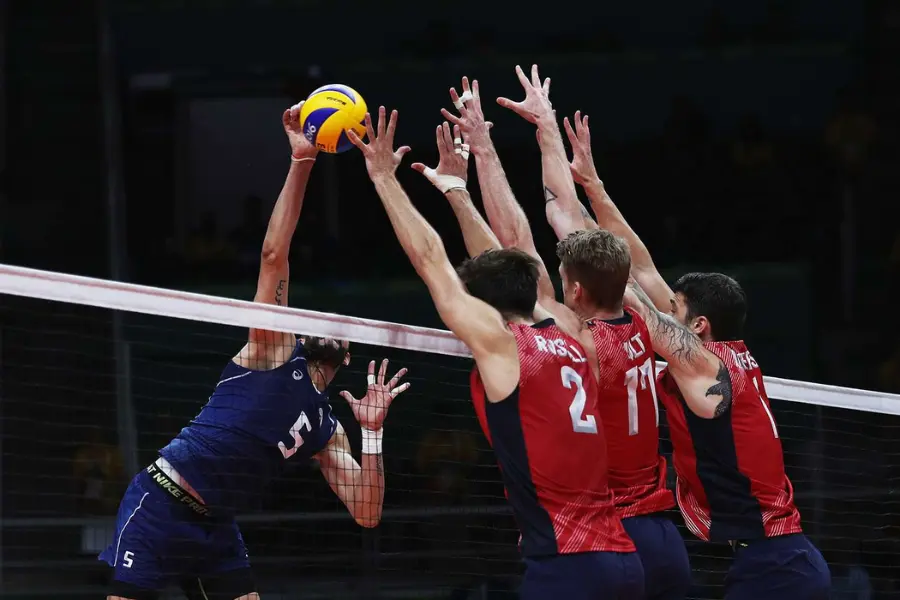
Hand Positioning and Ball Control
Different types of sets are achieved by different hand positions. To control the direction, speed, and height of the ball during back sets, quick sets, and high sets, precise hand placement is necessary. In order to execute their attacks effectively, the hitters need to use proper technique to ensure accurate and consistent sets.
Footwork and Timing
It is essential that setters have good footwork so they can reach the ball quickly and position themselves for accurate shots. In order to move efficiently around the court, they need to have excellent agility, balance, and coordination. A successful attack also depends on the ball arriving at the right moment when coordinated with the hitters.
Setting Variations
Setting variations are used by experienced setters to keep their opponents guessing. The backset, the frontset, the dump, and the combination play are all included here. Setters can disrupt opponents’ defenses by utilizing variations effectively and creating scoring opportunities.
You may enjoy reading Can You Wear Tennis Shoes For Volleyball?
Developing Setter Skills
Training and Practice
In order to become an effective setter, you must practice and train consistently. Hand-eye coordination, footwork, decision-making skills, and volleyball intelligence should be improved by setters. Setting players can improve their skills and performance on the court through regular drills, simulated game scenarios, and working closely with coaches and teammates.
Improving Hand-Eye Coordination
For setters, hand-eye coordination is crucial, as they must make split-second decisions while reading the flight path of the ball. Setters can significantly improve their abilities to control and distribute the ball effectively by engaging in activities that improve their hand-eye coordination, such as juggling or reaction-based drills.
you can also read guide on Volleyball Setter Drills
Enhancing Communication Skills
A setter’s ability to communicate effectively is essential to his or her success. Communication with teammates needs to be clear, so everyone is on the same page. Increasing team cohesion and minimizing errors can be achieved through effective communication.
The Setter’s Impact on the Game
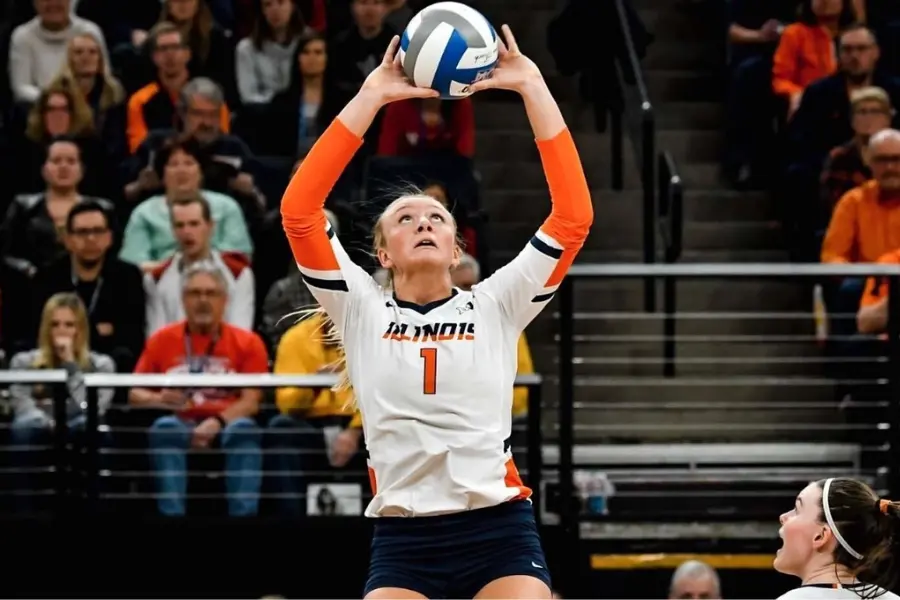
Dictating the Tempo
It is the setter’s responsibility to dictate the tempo of the game. Depending on the situation, they can speed up or slow down the offense to make sure they catch the opponent off guard. Setters play an important role in controlling the game’s pace, influencing the game’s overall flow and rhythm.
Building Team Chemistry
As a catalyst for team chemistry, the setter is essential to the success of the team. It is vital that they understand the preferences, tendencies, and strengths of their teammates so that a cohesive unit can be formed. Players perform better when setters build trust and rapport, resulting in a more successful team.
Exploiting the Opponent’s Defense
The ability to exploit weaknesses in an opponent’s defense is one of the qualities of an exceptional setter. It is important for setters to analyze and understand the opposing team’s blocking and defensive formations in order to strategically place their sets to exploit gaps or create mismatches. Team offensive efficiency is greatly enhanced by tactical awareness and the ability to exploit opponents’ weaknesses.
You may enjoy reading Libero Volleyball Drills
What Does the Setter Do in Volleyball?
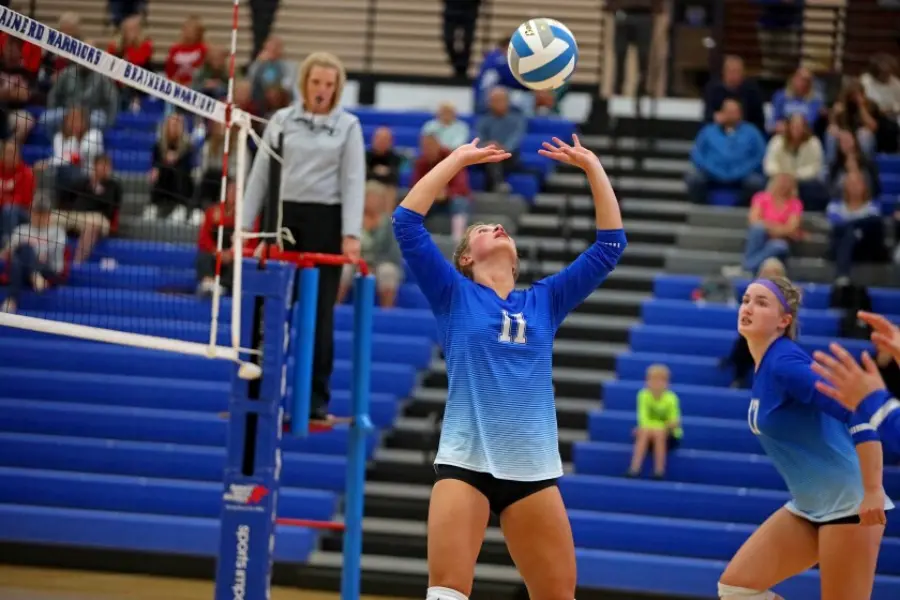
Line up your teammates properly and make sure they are not overlapping before you serve. Inform each hitter of what set they’ll hit and what play they’ll perform. Move into position for the perfect pass just right of the middle of the court, waiting for the opponent’s serve to cross the net.
Consider the pass’s location, your hitters’ availability, the other team’s blocker’s range and ability, and the other team’s defense when choosing who gets the ball. These factors may also influence whether the setter dumps or puts the ball over the net on the second contact.
Against the other team’s outside hitter, the setter blocks on the right side in the front row. Get into position to set the ball in transition once the ball crosses back into your court.
If necessary, dig from the right back when on defense in the back row. If you make the dig, let the other player know they need to set. During the transition, if the ball is not dug, get to the net quickly and set the ball.
You may enjoy reading Best Volleyball Shoes For Wide Feet
Important Setter Attributes
- Excellent leadership skills
- Excellent hands
- Consistency
- Excellent communication skills
- Excellent understanding of the game
- Ability to make quick decisions
- Multitasking skills
FAQs
How tall should a setter be in volleyball?
There is no standard height for a setter, but they are typically shorter than the middle blockers on their team. Their height tends to be between average and slightly taller than average. In spite of this, height alone is not necessarily a determinant of the effectiveness of a setter. Making accurate sets depends more on their abilities, agility, and skills.
Can a setter attack the ball?
Yes, setters are allowed to attack the ball, but they usually do so in specific situations. Setters dump balls over the net intentionally as an attack to catch their opponents off guard, thereby achieving offensive success. Setting up attacking opportunities for teammates is a setter’s primary focus, rather than attacking themselves.
What are some famous setters in volleyball history?
Setters have made a significant contribution to volleyball history in numerous ways. There are several notable volleyball players who have achieved peak success in their respective countries, such as Karch Kiraly from the United States and Mauricio Lima from Brazil, who is known for his exceptional technique and court vision. The Russian Sergey Grankin, the Chinese Feng Kun, and the Cuban Amaury Jekson Teran are other famous setters.
Is hand size important for a setter?
Having the right-hand size can affect how effectively a setter controls and sets the ball. Hands with a larger size may provide an advantage in gripping and controlling the ball. A setter’s skill level is not determined solely by his or her hand size. A setter’s ability to execute accurate sets is more closely tied to technique, coordination, and experience.
How can a setter improve their decision-making skills?
Making effective decisions during gameplay requires setters to improve their decision-making skills. In order to improve decision-making, coaches, and teammates can provide guidance and feedback by watching and analyzing game footage to identify patterns and tendencies. Others can practice decision-making scenarios using simulated game situations to enhance their abilities. Additionally, setters can make better decisions on the court by understanding the game’s tactics and strategies.
Conclusion
Ultimately, a setter’s role is crucial to the success of a volleyball team. In addition to orchestrating the offense, sets play an important role in the defense and the team’s overall chemistry. As setters, we create opportunities for attack, dictate the tempo, and exploit the weaknesses of our opponents through our skills, techniques, and strategic decision-making. In order to foster a cohesive and successful team environment, their leadership and communication skills are crucial.
Moreover, you can check our buying guide on Best Volleyball Bags


